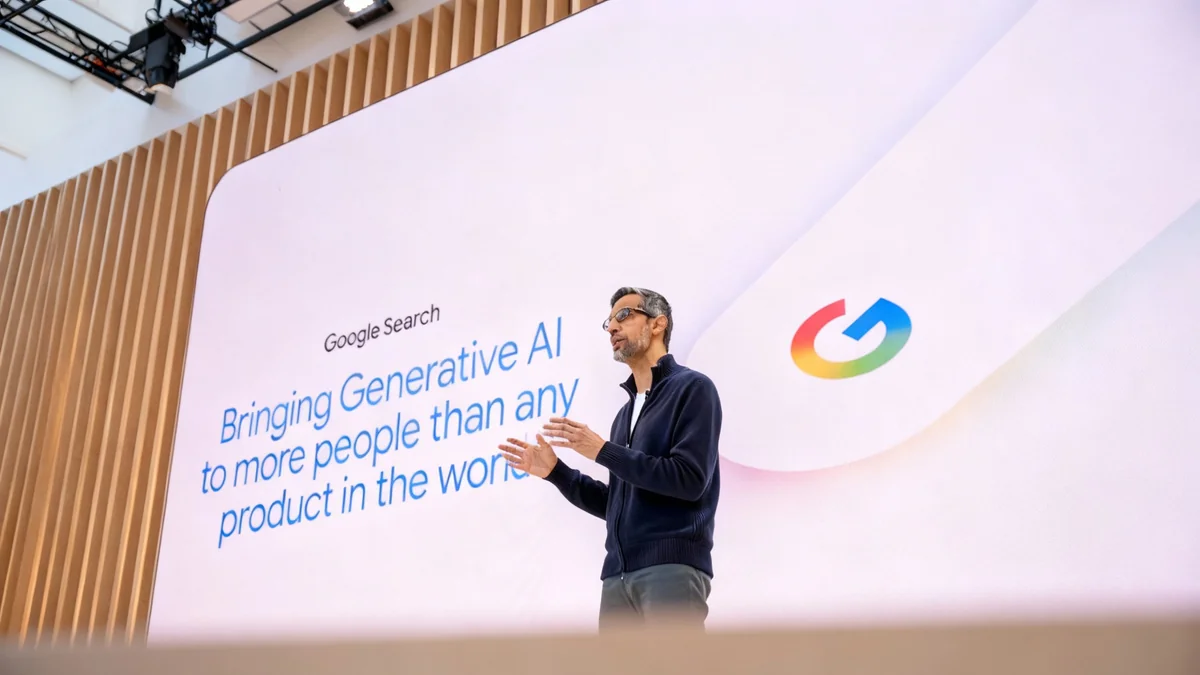Amazon Web Services (AWS) has released the Amazon Bedrock AgentCore Model Context Protocol (MCP) Server, a new tool designed to simplify and accelerate the development of generative AI agents. The server automates many of the complex processes involved in building, integrating, and deploying AI agents, allowing developers to complete tasks in minutes that previously required significant time and effort.
By integrating with popular coding assistants and agentic Integrated Development Environments (IDEs), the AgentCore MCP Server aims to lower the barrier to entry for creating sophisticated AI solutions on the AWS Bedrock platform. It handles critical functions such as runtime integration, security configuration, and agent memory management through conversational commands.
Key Takeaways
- AWS has announced the general availability of the Amazon Bedrock AgentCore MCP Server.
- The tool is designed to speed up the development lifecycle of AI agents by automating key tasks.
- It automates environment setup, code transformation for Bedrock compatibility, tool integration, and testing.
- The server integrates with agentic IDEs like Kiro, Claude Code, Cursor, and Amazon Q, using natural language commands.
Streamlining AI Agent Creation
The development of advanced AI agents often involves a steep learning curve and numerous manual steps. Developers must learn specific AWS services, configure cloud infrastructure, manage security permissions, and integrate various tools. According to AWS, the AgentCore MCP Server was created to address these challenges directly.
This new server functions as a specialized assistant that works alongside a developer's primary coding assistant. It provides the necessary context and automation capabilities to handle the entire agent development lifecycle. The goal is to reduce development friction and allow teams to innovate more rapidly, moving from prototype to production with greater efficiency.
Automating Complex Developer Workflows
The AgentCore MCP Server introduces several key automation features. One of its main functions is to automate the provisioning of development environments. This includes installing required software development kits (SDKs) like `bedrock-agentcore`, configuring AWS credentials, and defining the necessary execution roles with the correct permissions.
It also assists in transforming existing agent code to be compatible with the Bedrock AgentCore Runtime. The server guides the coding assistant to make minimal but necessary changes, such as adding library imports and updating dependencies, without altering the core logic of the agent. This feature is particularly useful for developers looking to migrate existing projects to the Bedrock ecosystem.
From Hours to Minutes
According to the announcement, tasks such as integrating with the Bedrock AgentCore Runtime, managing security configurations, and deploying to a production environment can now be completed in minutes through conversational commands, a significant reduction from the time traditionally required.
Core Capabilities of the New Server
The AgentCore MCP Server is built to handle specific, often time-consuming aspects of AI agent development. Its capabilities are focused on removing manual configuration and simplifying the connection between different components of the Bedrock ecosystem.
Simplified Integration and Testing
A significant challenge in building AI agents is enabling them to communicate with other tools and services. The server simplifies this process by automating integration with the Bedrock AgentCore Gateway, which manages communication between an agent and its tools in the cloud.
Furthermore, it enables developers to test their agents using simple, natural language commands within their IDE. The server can generate and execute the necessary command-line interface (CLI) commands to invoke a deployed agent and verify its entire workflow, including calls to external tools via the gateway. This rapid feedback loop helps developers identify and fix issues quickly.
What is an Agentic IDE?
Agentic IDEs are advanced coding environments that use AI assistants to help developers write, debug, and deploy code. Tools like GitHub Copilot, Cursor, and Amazon Q allow developers to issue commands in natural language to perform complex software development tasks. The AgentCore MCP Server is designed to enhance these tools with specialized knowledge of the AWS Bedrock platform.
A Layered Approach to Development
AWS recommends a layered architectural approach when using the AgentCore MCP Server to provide the coding assistant with comprehensive context for handling a wide range of tasks. Each layer builds upon the previous one, offering increasingly specific information.
This layered model ensures the AI assistant has all the necessary information, from general AWS service documentation to specific framework and SDK details.
- Agentic IDE or Client: The primary interface, such as Kiro, Cursor, or an Amazon Q plugin.
- AWS Service Documentation: Provides general context about Bedrock AgentCore and other AWS services.
- Framework Documentation: Offers specific information on agent-building frameworks like Strands or LangGraph.
- SDK Documentation: Includes detailed API references for the relevant SDKs.
- Steering Files: Provides task-specific instructions for complex or repetitive workflows.
Getting Started with the Server
Developers can begin using the Amazon Bedrock AgentCore MCP Server via a one-click installation process available on its GitHub repository. The setup involves configuring a `mcp.json` file, which tells the IDE how to communicate with the server.
"We encourage you to try out the AgentCore MCP server and provide any feedback through issues in our GitHub repository."
The location of this configuration file varies depending on the IDE being used. AWS has provided documentation for several popular clients, including Kiro, Cursor, Amazon Q CLI, and Claude Code. Once configured, the server and its tools become available within the developer's chosen coding environment, ready to accept natural language commands for building and deploying AI agents.





